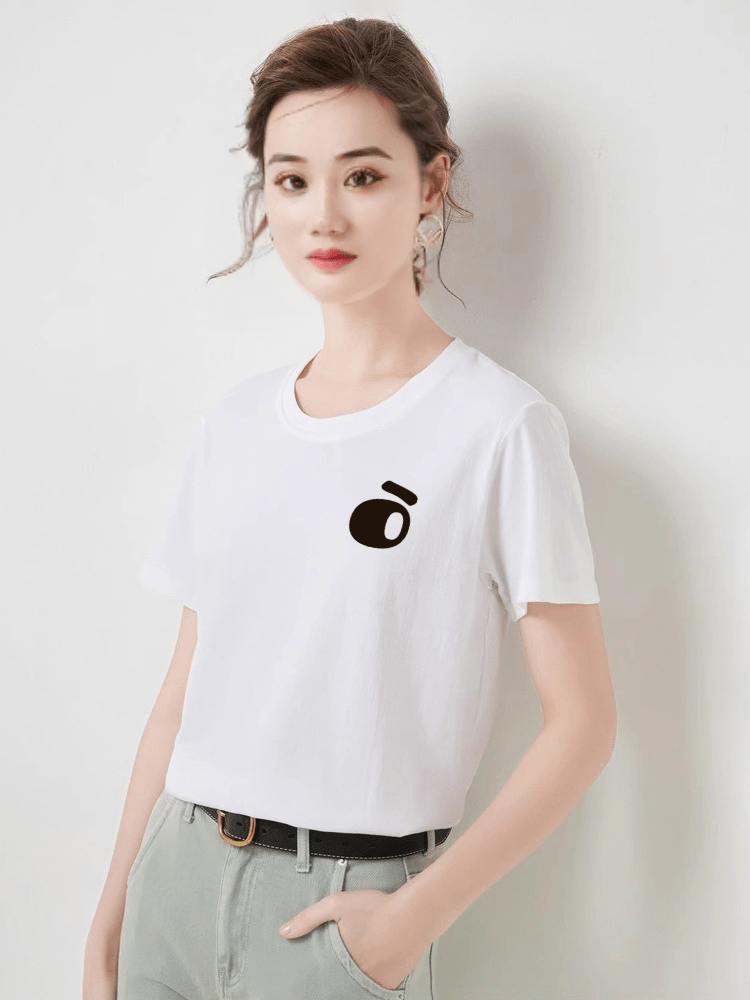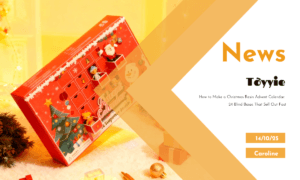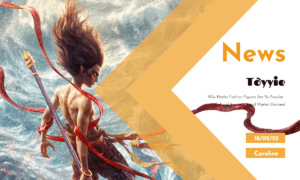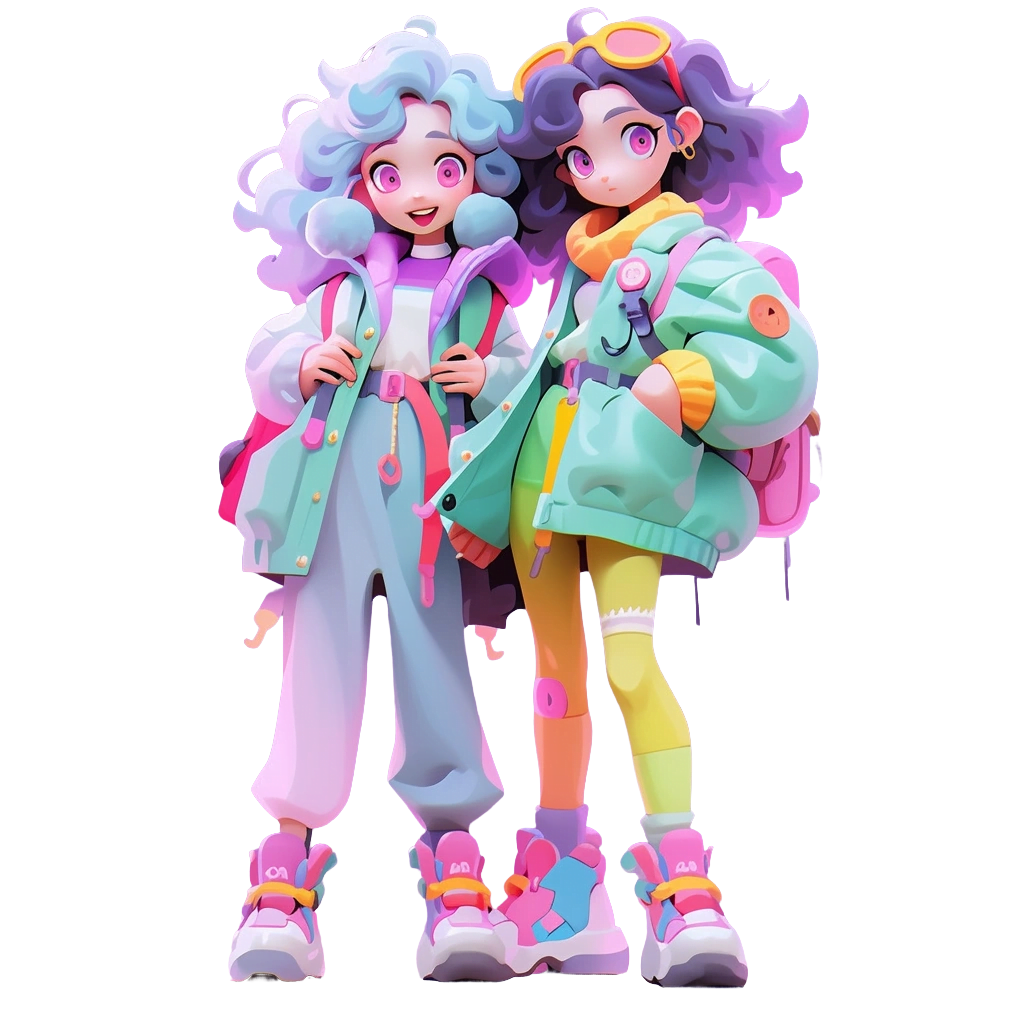📌 Introduction📌
Designer toy customization can feel like walking through an exciting maze—full of possibilities, but also filled with unexpected twists and pitfalls. I’ve been in this industry for years, working with designers from all walks of life, and if there’s one thing I’ve learned, it’s that certain misconceptions keep cropping up time and again. These misunderstandings can lead to delays, frustration, or even outright failure of a project.🛑💡
But here’s the good news: once you know where the potential traps are, it’s much easier to avoid them. In this post, I’ll share the 10 most common misconceptions I’ve seen in the designer toy world, along with practical advice on how to navigate these challenges. Whether you’re a seasoned designer or just starting, this guide will help you save time, money, and headaches.🧠💸
“My Design Is Perfect—It Doesn’t Need Adjustments for Production.” 🎨✨
One of the most common misconceptions is thinking that a design ready for display is also ready for manufacturing. The truth? Even the most stunning digital renderings or 3D models often need to be tweaked to meet production requirements.
For example:
fine details like thin parts, sharp edges, or overly intricate patterns can create issues during molding or assembly. A piece that looks amazing in your software might break, warp, or fail to hold paint in real-world conditions.🔍💥
How to Avoid This Pitfall:
Work Closely with Your Manufacturer Early On:Share your design files and ask for feedback on potential production challenges.
Understand Material Limitations:For instance, certain plastics might not support fine details without warping, while others might require thicker wall thicknesses for durability.
Prototype and Test:Create a sample prototype using a 3D printer to identify any weak points or areas for improvement.🖨️🔧
“Any Factory Can Make My Vision Come True.” 🏭💭
Not all manufacturers are created equal, especially in the designer toy space. Factories often specialize in specific processes, materials, or styles. Sending your project to a factory that doesn’t have experience with toys—or worse, designer collectibles—can lead to poor-quality products or long delays.😟🚫
How to Avoid This Pitfall:
Do Your Research:Look for manufacturers with a proven track record in designer toys. Ask to see samples of their past work.🔍📦
Be Specific About Your Needs:If your project involves movable parts or complex paint applications, ensure the factory has experience with those.
Start Small:Begin with a smaller production run to test their capabilities before committing to a large order.🧩🔍
“Prototyping Is a Waste of Time and Money.” 💰❌
Some designers believe they can skip prototyping to save costs, but this is a mistake. A prototype is your first chance to see how your design translates into physical form. It’s also an opportunity to test assembly, durability, and aesthetics.🔬✨
How to Avoid This Pitfall:
Budget for Prototyping:Factor the cost of at least one prototype into your overall budget.💸🔧
Use Prototyping to Experiment:Test different materials, finishes, and scales before finalizing your design.
Iterate Based on Feedback:Use your prototype to gather input from collectors or peers.🔄📢
“The Cheapest Option Is Always the Best Choice.” 💲🚫
It’s tempting to choose the factory offering the lowest price, but this can backfire. A low-cost manufacturer might cut corners, leading to poor-quality products, delays, or hidden fees down the line.💸📉
How to Avoid This Pitfall:
Look Beyond Price:Consider quality, reliability, and communication.📞✨
Get a Clear Quote:Ask for detailed pricing, including mold costs, material fees, and shipping expenses.📄💰
Value Relationships:A trustworthy manufacturer is worth the investment.🤝💡
“Molds Are One-Time Investments.” 🔧💼
Molds are a significant upfront cost, but many designers assume they’ll never need adjustments. In reality, molds can wear out over time, especially if you’re producing in large quantities or using intricate designs.🕰️🔧
How to Avoid This Pitfall:
Maintain Realistic Expectations:Understand that molds might require repairs or replacements after extended use.🛠️🔧
Plan for Maintenance Costs:Budget for potential mold updates in your long-term planning.💰📅
“Adding Articulated Parts Is Easy.” 🧩🔸
Movable parts, like arms, legs, or heads, add complexity to your toy’s design. Poorly planned articulation can result in loose joints, fragile connections, or assembly headaches.💪🚫
How to Avoid This Pitfall:
Consult Early with Engineers:Discuss the mechanics of articulation during the design phase.🔧📐
Test the Range of Motion:Ensure joints move smoothly without compromising durability.🧩🔍
Use High-Quality Materials:Articulated parts often require stronger plastics or precise fittings.🛠️🔧
“Paint and Finishing Won’t Be a Problem.” 🎨🖌️
Paint and surface treatments can make or break a toy’s appearance. However, not all factories excel in detailed paint applications or specific finishes like gloss, matte, or metallic.🎨✨
How to Avoid This Pitfall:
Request Paint Samples:Test your chosen colors and finishes on a small batch before full production. 🖌️📐
Simplify When Necessary:Avoid overly intricate paint schemes if your factory lacks the capability.🎨🔍
Inspect Samples Carefully:Check for consistency, durability, and color accuracy.🔬📋
“Production Timelines Are Always Accurate.” ⏳📅
Manufacturing often involves unexpected delays, from material shortages to quality control issues. Assuming a timeline is set in stone can lead to disappointment.⌛😞
How to Avoid This Pitfall:
Build in Buffer Time:Add extra weeks or months to your schedule to account for delays.📅🔄
Communicate Regularly:Stay in close contact with your manufacturer to address issues promptly.📞📋
Set Realistic Deadlines:Avoid rushing your project, which can compromise quality.🎯🕰️
“Packaging Is an Afterthought.” 📦💭
Packaging is an integral part of the collector experience, yet many designers overlook it until the last minute. Poor packaging can damage your product or fail to attract buyers.📦📉
How to Avoid This Pitfall:
Design Early:Plan your packaging alongside your toy design.🎨📦
Test for Durability:Ensure your packaging protects your toy during shipping.📦🚛
Make It Collectible:Consider adding unique elements, like foil stamps or limited-edition numbering.📦✨
“Once Production Starts, My Job Is Done.” 🚫😌
Production is not a “set it and forget it” process. Even after production begins, you’ll need to oversee quality control, address unexpected issues, and communicate with your manufacturer.🔍📞
How to Avoid This Pitfall:
Stay Involved:Schedule regular check-ins with your manufacturer.📞📋
Inspect the First Batch:Personally review the initial production run for quality assurance.🔍📦
Be Ready to Adapt:Stay flexible and prepared to solve problems as they arise.🔄🛠️
Final Thoughts: Knowledge Is Power 🧠💡
Designer toy customization is an incredible journey, but it comes with its challenges. By recognizing these common misconceptions and preparing for potential pitfalls, you can turn obstacles into opportunities. Remember, every issue you face is a chance to refine your process and create something truly special.🌟✨
Have you encountered any of these challenges in your projects? If so, share your experience in the comments or reach out to us. Let’s keep learning and growing together!📢🎉




